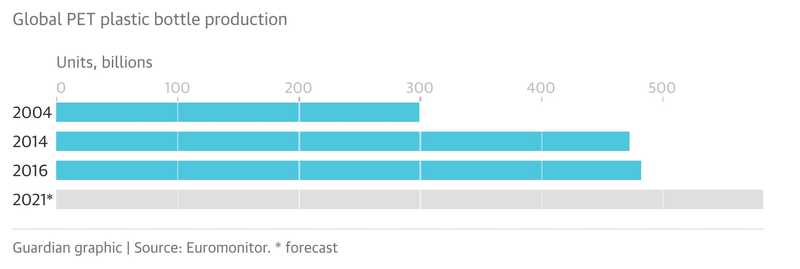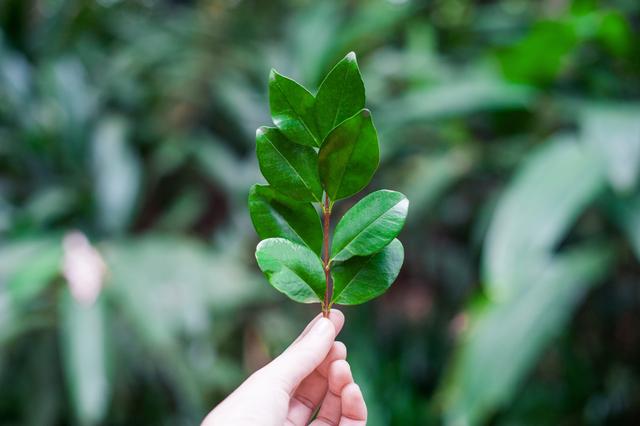How plastic water bottles affect the environment
08/21/2020
Author: Viverra Risus
The Process for Producing Plastic Water Bottles
The production of plastic water bottles requires up to 17 million barrels of oil each year. This amount of oil has the ability to maintain up to one million cars fuelled for an entire year. The water bottle production process utilizes the petroleum product polyethylene terephthalate (PET), this product requires an extremely large amount of fossil fuel to both make and transport. Furthermore, the manufacturing of a water bottle requires three times the amount of water needed to fill it. That large amount of water becomes unusable and is wasted due to its exposure to chemicals during the production process. Additionally, when comparing the energy needed to manufacture a bottle of water to the energy needed for tap water, bottles require up to 2000 times more energy. When you look at how many bottles are manufactured, that much energy can possibly power up to 190,000 homes. To draw a clear and simple picture of just how many resources are being wasted, take a look at any one time use plastic bottle of water and imagine one fourth of it filled with oil. That is how much fossil fuel is required to produce it.
Humans produce almost 20,000 plastic bottles every second
Where Do Plastic Water Bottles End Up?
In landfills, floating on oceans, or rivers and on sidewalks. It was approximated that 46,000 pieces of plastic trash are floating on the ocean per square mile. This plastic is killing animals, leaking chemicals and disrupting ecosystems. Moreover, sixty million plastic bottles are disposed of in one day in the Unites States alone, and eighty percent of those bottles end up overflowing landfills. Each bottle can take up to one thousand years to decompose, leaking dangerous and harmful chemicals during the process. Some toxins leaked could cause cancer and reproductive disabilities. The United States consumes twenty-five percent of the world's resources while comprising only five percent of its population, requiring a large amount of imported water. Importing waters from overseas requires up to 40,000 trucks for transportation and delivery in the United States. The energy and environmental impact of that alone is incredibly hazardous. An average person in the United States making the choice to use bottled water consumes 30 gallons of water a year and therefore, requires 90 gallons of manufacturing water a year. Unfortunately, the argument of recycling can only do so little for its case since only 12% out of the thirty-five billion bottles used in one year gets recycled, indicating that only half of what you place in a recycle bin actually gets recycled.
What we can do
Following a simple reduce, reuse, recycle, lifestyle does not only mean that you are actively saving the environment, it also means that you are benefiting yourself by possibly saving hundreds of dollars using reusable bottles or water fountains. Moreover, you can also go the extra mile to ensure that any plastic you happen to use is indeed being recycled. Additionally, it is crucial to learn to identify false advertising that is promising healthier or cleaner water by doing your own research and understanding the characteristics that make consumable water you can avoid falling victim to large organisational propaganda. Finally and most importantly, you can speak up and spread the word on just how much plastic bottled water is impacting the environment.
Reference sources:
http://www.gogreen.org/blog/impacts-of-plastic-water-bottles




